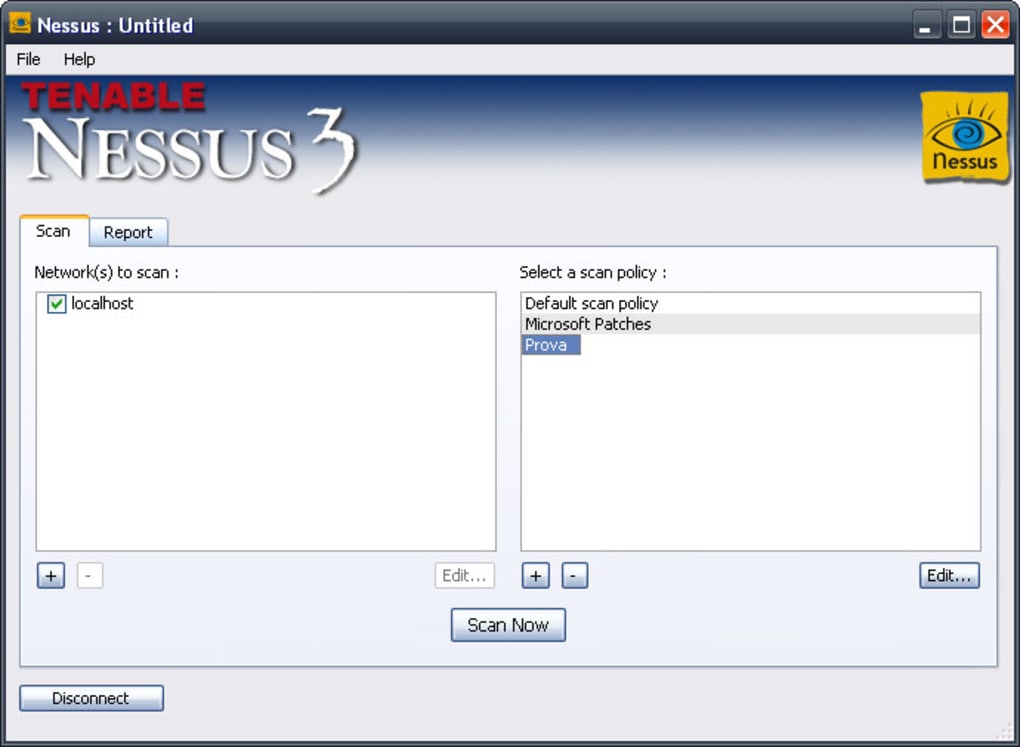

Originally, WSL1 and WSL2 both came as a Windows feature, which was enabled through the Turn Windows features on or off settings. I'd call them different "versions" or "releases", but we tend to already use that term for WSL version 1 and 2. How to enable Systemd in Ubuntu/WSLĪs background, there are now two different "delivery mechanisms" (I'll think of a better term, hopefully) for WSL2. While I'm happy that Systemd is available as an option, I personally plan on continuing to run without it whenever possible.

For example, the service command may do what you need without any additional effort. Check the Alternatives section below to see if there may be a better option that fits your needs. As a result, it will also increase WSL startup times, although the impact will be dependent on your system. Enabling Systemd will automatically start a lot of background services and tasks that you really may not need under WSL.

See below for how to determine if your system supports it and how to enable it (if you need it).įirst, consider whether you should enable Systemd in WSL. The good news is that Systemd is now officially supported in Ubuntu on many WSL systems. See the Alternatives to Systemd in WSL section below. In this case, there are multiple workarounds available. Your release of WSL doesn't support Systemd. In the case of systemctl and attempting to start ssh, you are seeing both.


 0 kommentar(er)
0 kommentar(er)
